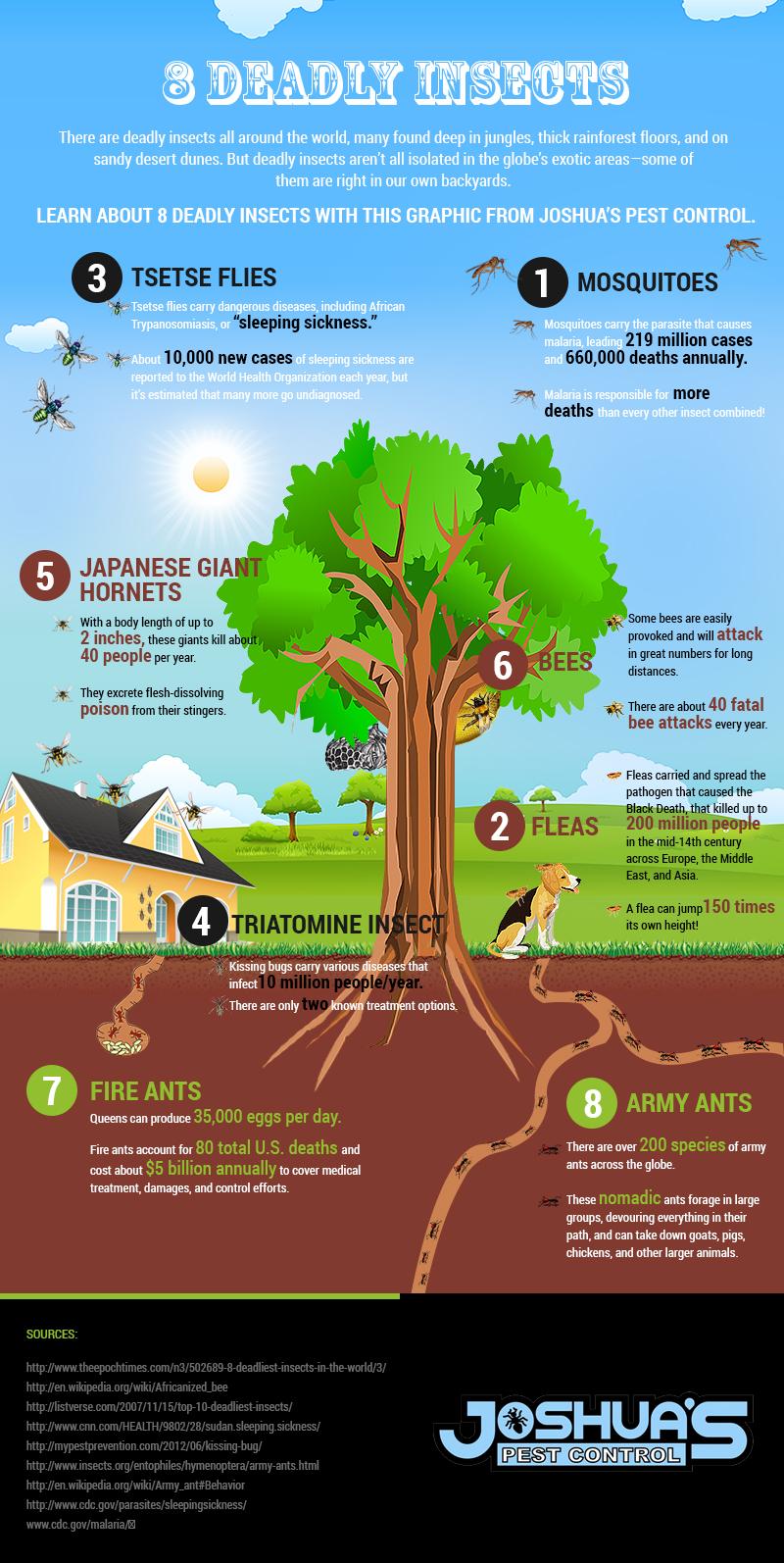Maximize Your Knowledge Of Rodent Nesting Patterns To Outmaneuver These Bugs And Improve Your Rodent Monitoring Methods
Maximize Your Knowledge Of Rodent Nesting Patterns To Outmaneuver These Bugs And Improve Your Rodent Monitoring Methods
Blog Article
Write-Up Composed By-Wynn Corbett
When it concerns rodent control, understanding usual rodent actions is crucial to efficiently taking care of problems. Did you recognize that rats have some fascinating nesting routines that might amaze you? By exploring their detailed behaviors, you can obtain beneficial insights into just how to tackle rodent concerns in a more calculated and effective way. So, let's decipher the enigmas behind these animals' activities and find out just how to outsmart them in your rodent control initiatives.
Rat Nesting Habits
When observing rodents in their all-natural environment, you'll notice that they actively look for materials to construct their nests. Rodents, such as mice and rats, are resourceful creatures that use a range of products like branches, leaves, paper, and fabric to construct their homes. check here in their nest-building procedure, commonly lining their nests with softer products like hair or feathers to develop a cozy environment.
Rats choose to build their nests in hidden and safe and secure areas to safeguard themselves and their young from killers. Usual nesting places consist of wall surface dental caries, attic rooms, basements, and even within insulation products. By constructing their nests in these secluded areas, rats can securely raise their children far from prospective risks.
It is important to understand the nesting behaviors of rats when carrying out control procedures. By interrupting their nests or removing materials, you can inhibit rats from developing an existence in your home or residential or commercial property. Proper sanitation and sealing access points are additionally crucial steps in stopping rodent invasions.
Rodent Feeding Patterns
After observing rats' nesting habits, it becomes evident that their feeding patterns play an important role in their day-to-days live and habits. Rodents, including mice and rats, are opportunistic feeders, suggesting they'll take in whatever food source is conveniently offered. They're mostly nocturnal creatures, preferring to forage for food during the cover of evening to prevent killers.
Rats have a diverse diet plan, ranging from grains, seeds, fruits, and vegetables to pests, nuts, and even little pets. This flexibility in their food choices allows them to grow in different atmospheres, including metropolitan areas where human food resources are plentiful.
learn the facts here now feeding patterns aren't only driven by hunger however likewise by the need to accumulate food for times of shortage. This habits is specifically visible to prepare for winter months or when nesting. Rodents are known to hoard food in their nests or burrows, making sure a constant food supply. Understanding their feeding patterns is crucial in carrying out effective rodent control actions to interrupt their food sources and stop invasions.
Rodent Movement and Traveling
Rats navigate their environments with agility and stealth, using their keen detects to relocate promptly via their settings. These creatures are proficient mountain climbers, able to range walls and upright surfaces with ease. They can also squeeze with surprisingly little openings, making it important to seal off any possible entry points in your house.
When it comes to traveling, rodents tend to follow acquainted courses, producing routes along wall surfaces or skirting the sides of areas. They're creatures of habit, frequently staying with these developed routes as they forage for food or discover their environments.
Rodents are known for their nocturnal routines, so you might hear them scurrying about in the evening as they search for food and water. Their motions fast and erratic, enabling them to dart in and out of view in the blink of an eye.
Comprehending how rodents move and take a trip can aid you identify prospective invasion areas in your home and take proactive actions to avoid these parasites from acquiring a footing.
Final thought
As you work to control rats in your home, bear in mind that recognizing their actions is key. By identifying their nesting habits, feeding patterns, and activity, you can effectively avoid problems.
Together, by taking positive procedures to eliminate food sources and seal off entry factors, you can interrupt their acquainted courses and require them to seek out new places, eventually decreasing the likelihood of rodent visibility in your space.
